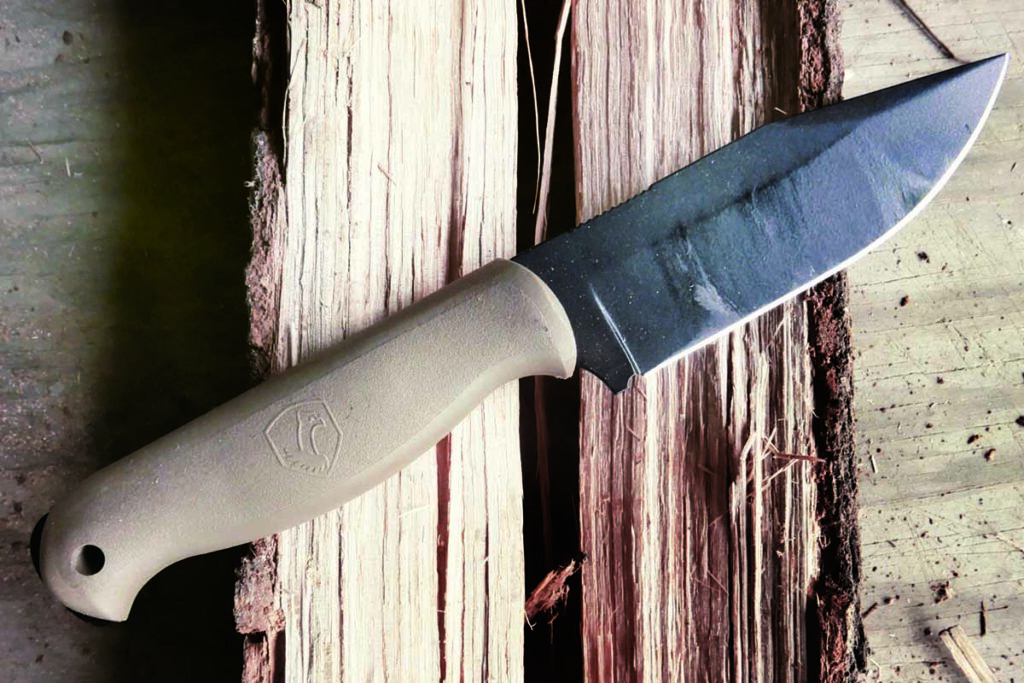For kitchen professionals, the knife is an extension of their skill and precision. Whether you're chopping, slicing, or dicing, the effectiveness of your work often hinges on the quality of your knives. One critical aspect that determines a knife's performance is its blade grind. In this article, we delve into the intricate world of blade grinds, an essential factor in your culinary toolkit.

What Are Blade Grinds?
Blade grinds refer to the shape and profile of the blade's cutting edge. They dictate how a knife cuts, slices, and handles different food textures. Understanding the blade grinds is key to selecting the right knife for your specific culinary tasks.
As a kitchen professional, recognizing the differences between various grinds can enhance your culinary efficiency. You'll find that different tasks, like vegetables slicing or meat cutting, benefit from specific blade grinds. Let's explore the most common types of blade grinds.
Common Types of Blade Grinds
Flat Grind
The flat grind, also known as the 'full flat grind', is a popular choice among chefs. This grind tapers from the spine of the blade to the cutting edge in a straight line. It's excellent for precise cutting and slicing, making it a preferred choice for kitchen tasks that require finesse. The evolution of knife designs has seen the flat grind remain a staple due to its versatility.
Hollow Grind
The hollow grind features a concave profile, which creates a thin cutting edge. It's perfect for fine slicing as it allows for extremely sharp edges. However, the blade's thinness means it can be more fragile. This grind is often seen in specialized kitchen knives where precision trumps durability.
Convex Grind
The convex grind, or 'hamaguri' in Japanese, boasts a curved profile. It provides a robust cutting edge, suitable for chopping through tougher ingredients. The convex grind is favored in heavy-duty kitchen knives where durability is crucial. It's a grind that can withstand the rigors of professional kitchens.
V-Grind
This grind is characterized by two symmetrical bevels that meet in a sharp point. It's a common choice in Western kitchen knives due to its sharpness and ease of sharpening. The V-grind offers a balance between durability and cutting efficiency, making it ideal for everyday kitchen tasks.
The Importance of Choosing the Right Grind
Choosing the right blade grind is crucial for kitchen professionals. Each grind has its strengths and is suited to specific culinary tasks. For instance, if you're working with delicate ingredients, a hollow grind might be your best bet. Conversely, a convex grind would be more appropriate for tasks that involve tougher materials.
Understanding these nuances allows chefs to select the right knife for each task, improving efficiency and ensuring the highest quality in food preparation. If you're looking to expand your knife collection, consider how each grind might serve your unique culinary style.
Maintaining Your Blades
Regardless of the grind, maintaining your knives is essential to prolong their life. Regular sharpening and proper storage are key. It's important to understand how to care for different grinds, as each may require unique maintenance techniques. For example, a chef knife in the dishwasher might not retain its edge as well as one that's hand-washed and dried.
For more detailed guidance on knife care, explore resources like the complete guide to fixed blade knives, which offers insights into keeping your blades in top condition.
Conclusion
Understanding blade grinds is more than just a technical detail; it's a pathway to enhancing your culinary skills. With the right knowledge, kitchen professionals can select and maintain the perfect knife for any task. As you continue to refine your culinary craft, remember that the right tools, especially knives with the correct grind, can make all the difference.

FAQ
What blade grind is best for slicing vegetables?
A flat grind is usually preferred for slicing vegetables due to its precision and ease of cutting.
How often should kitchen knives be sharpened?
It depends on usage, but generally, kitchen knives should be sharpened every few months to maintain their edge.
Can blade grinds be changed?
While it's possible to alter a knife's grind, it requires skilled sharpening and may affect the knife's performance and durability.
This article contains affiliate links. We may earn a commission at no extra cost to you.


























